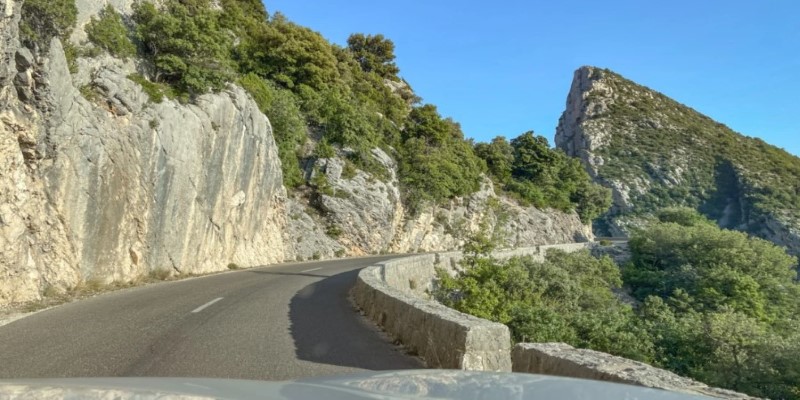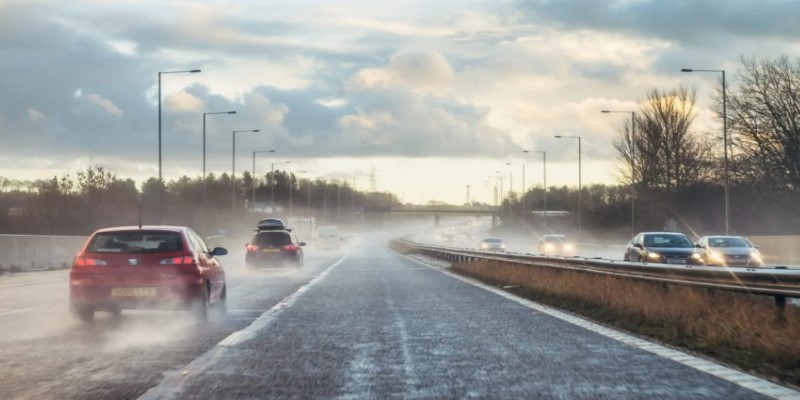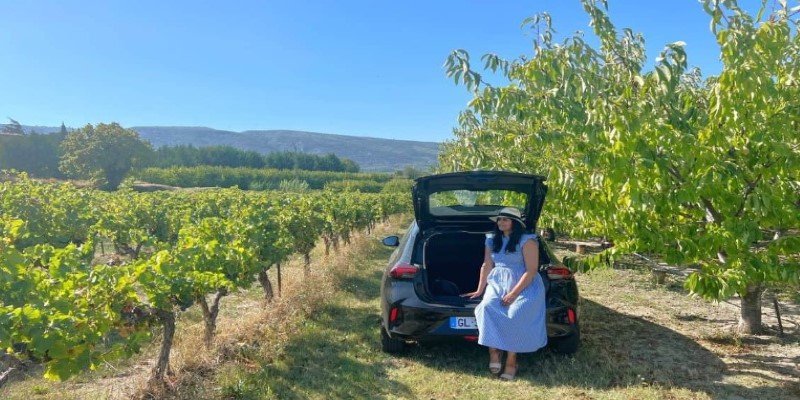Driving in Provence: Essential Tips for Your French Adventure
Advertisement
Driving through Provence can be one of the most rewarding ways to experience this stunning region of southern France. The sweeping lavender fields, picturesque villages perched on hillsides, and coastal routes along the French Riviera are a feast for the eyes.
However, driving in Provence also comes with its challengesnarrow, winding roads, tolls, and unique driving rules. This guide will help you navigate the roads of Provence with ease, offering essential tips for a safe and memorable trip.
Essential Tips for a Scenic Drive in Provence
A scenic drive through Provence is a fantastic way to experience the regions stunning landscapes, charming villages, and rich history. Here are some essential tips to enhance your journey:
Understanding Provences Road Rules
One of the first things to remember when driving in Provence is that vehicles drive on the right-hand side of the road, just like in the rest of France. Speed limits are strictly enforced, especially with speed cameras commonly used throughout the region. On highways, the limit is 130 km/h (80 mph), rural roads have a limit of 90 km/h (55 mph), and in towns, its typically 50 km/h (30 mph). Its crucial to adhere to these limits, as fines for speeding can be hefty.
Roundabouts are a common feature in Provence. They operate under a simple rule: cars inside the roundabout have the right of way. Be sure to yield to traffic already circulating and use your turn signals when exiting.
Navigating Provences Scenic but Narrow Roads
One of the key attractions of driving in Provence is the regions breathtaking landscapes. The scenic roads, however, can be tricky. Many rural routes are narrow, especially in villages like those found in the Luberon Valley. Some roads are so tight that you may need to fold in your cars side mirrors to squeeze through. When exploring these areas, its often best to park just outside the village and walk, especially if youre not comfortable with tight spaces.

Driving at night on these country roads can also be challenging. Streetlights are rare, and sharp bends make it difficult to see oncoming traffic. If possible, avoid driving in the dark, particularly if you're unfamiliar with the area.
Parking in Provence: The Hidden Challenge
Parking in Provences small towns and popular tourist spots can be difficult. In larger cities like Aix-en-Provence, Marseille, or Avignon, street parking is scarce. Aix, in particular, is known for its narrow, one-way streets, which make driving and parking a slow process. A smart approach is to park in designated lots just outside city centers, such as the Krypton parking lot in Aix-en-Provence, where a shuttle bus will take you into the heart of the city.
Many towns have blue parking zones, where you need to display a parking disc showing your arrival time. Overstaying your allotted time can result in fines or having your car towed, so its important to keep track of time when parking in these areas.
Understanding Toll Roads in Provence
Highways in Provence often come with tolls, especially when traveling between major cities like Avignon and Aix-en-Provence. Youll need cash or a credit card to pay at toll booths, although some rental cars are equipped with a device called a tlpage, which allows for quicker electronic payment. While toll roads can make for faster travel, the more scenic village roads offer a better experience for those wanting to soak in Provences natural beauty.
Tips for Renting a Car in Provence
When renting a car in Provence, opt for a smaller vehicle, especially if you plan to explore the more rural parts of the region. A compact car like a Fiat 500 can easily navigate Provences narrow streets and sharp turns. However, if you plan to drive on rougher, cobblestone roads, ensure that your car has adequate clearance to avoid damage.
Automatic transmission cars are not as common in France, so if youre not comfortable driving a manual, make sure to book an automatic well in advance. Rental cars are often equipped with GPS, which can be a lifesaver in the regions more remote areas.
Fueling Up and Staying Connected
Fuel stations in Provence operate differently than in some other countries. In most cases, youll need to pay inside before pumping or leave your credit card with the attendant to fill up completely. Be mindful of the amount of driving you plan to do, as rural areas may have fewer fuel stations.
Its also a good idea to download maps and plan your routes while connected to Wi-Fi, especially if youre venturing into the countryside. Some areas have limited mobile reception, so having an offline map can save you from getting lost.
Adapting to the Weather and Driving Conditions

The Mediterranean climate of Provence can bring unpredictable weather changes, especially during the winter months when higher elevations might see snowfall. In summer, the heat can be intense, making air conditioning in your car a must. Be sure to check weather forecasts before heading out, and adapt your driving style to suit the conditionswhether its slowing down during rain or preparing for icy roads in the hills.
Enjoy the Scenic Routes
While Provences highways will get you from city to city quickly, the true charm of the region lies in its smaller roads. The scenic drives through lavender fields, vineyards, and coastal cliffs are worth taking the extra time. Make frequent stops in the quaint villages along the way to fully appreciate the charm and culture of Provence. Whether its the hilltop village of Gordes or the coastal beauty of Cassis, theres no shortage of stunning spots to explore.
Conclusion: Driving for the Experience
Driving in Provence may have its challenges, but it offers the best way to explore this picturesque region at your own pace. With proper planning, knowledge of the road rules, and a bit of patience, youll navigate Provences roads smoothly and create unforgettable memories. Whether youre visiting the bustling cities or tranquil countryside, the beauty of Provence is best experienced with the freedom of a car.
By following these essential tips, you'll be prepared to enjoy the very best that Provence has to offer while staying safe on the road.
On this page
Essential Tips for a Scenic Drive in Provence Understanding Provences Road Rules Navigating Provences Scenic but Narrow Roads Parking in Provence: The Hidden Challenge Understanding Toll Roads in Provence Fueling Up and Staying Connected Adapting to the Weather and Driving Conditions Enjoy the Scenic Routes Conclusion: Driving for the ExperienceAdvertisement












